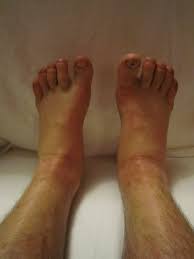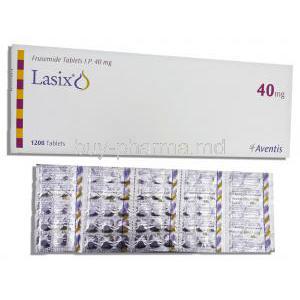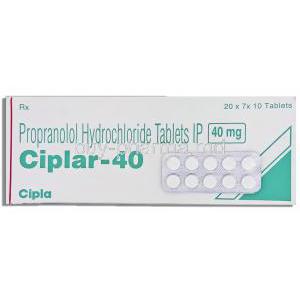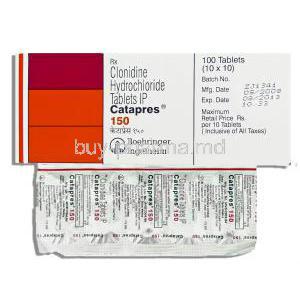Brinaldix, Clopamide
- Introduction to Brinaldix and Clopamide
- Uses of Brinaldix (Clopamide)
- Off-Label Uses of Brinaldix
- How Brinaldix (Clopamide) Works
- Composition of Brinaldix
- Dosage and Administration Guidelines
- Storage Requirements for Brinaldix
- Potential Side Effects of Brinaldix
- Drug Interactions with Brinaldix
- Warnings and Precautions
- Contraindications for Brinaldix Use
- Administration in Special Populations
- Overdose Management
- Handling and Precautions
Introduction to Brinaldix and Clopamide
Overview of Brinaldix and its Active Ingredient, Clopamide
Brinaldex is a known product that contains Clopamide. A diuretic similar to thiazide drugs is known for its effectiveness in treating conditions requiring strong diuresis and serving as a dependable choice for controlling blood pressure levels.
History and Development of Brinaldix
Brinalidix was hailed as an advancement in therapy due to its ability to effectively treat both hypertension and fluid retention simultaneously—a feature that has been validated through research and practical use over time.
Role of Clopamide in the Treatment of Medical Conditions
Clopamide plays a role in managing blood pressure and swelling by controlling the retention of fluids in the body and reducing potential complications related to heart health and kidney or liver issues to enhance the well-being of patients.
Key Characteristics of Brinaldix as a Diuretic
- Thiazide-like mechanism with prolonged action
- Favorable tolerability profile
- Effective in reducing extracellular fluid volume
Uses of Brinaldix (Clopamide)
Approved Uses of Brinaldix in Managing Hypertension
Treatment of Mild to Moderate Edema Associated with Cardiac, Renal, or Hepatic Conditions
Maintenance Therapy for Chronic Fluid Retention Disorders
Brinaldex offers a remedy for individuals experiencing fluid buildup concerns by managing symptoms effectively and averting potential complications.
Off-Label Uses of Brinaldix
Management of Drug-Induced Fluid Retention
Brinaldix is occasionally prescribed to counteract fluid retention caused by certain medications, such as corticosteroids or hormonal therapies.
Potential Use in Specific Kidney-Related Disorders
Recent research indicates that Clopamide could offer advantages in treating kidney issues like nephrotic syndrome and the early stages of chronic kidney disease.

Investigational Applications in Other Medical Conditions
Current studies are investigating the impact of Clopamide on conditions like hypertension and imbalances in electrolytes.
How Brinaldix (Clopamide) Works
Mechanism of Action of Clopamide as a Thiazide-Like Diuretic
Clopamide works by blocking sodium chloride symporters in the kidney's tubules. This action leads to the excretion of sodium and water, which helps plasma volume and blood pressure levels.
Impact on Sodium and Chloride Reabsorption in Renal Tubules
By focusing on the tubules specifically Clopamide restricts the reabsorption of sodium and chloride. This action helps in preserving the balance of electrolytes and fluid levels, in the body.
Effects on Fluid Balance and Blood Pressure Regulation
Effectively managing hypertension and preventing edema can be achieved by reducing resistance and fluid volume.
Composition of Brinaldix
Active Ingredient: Clopamide
Each tablet of Brinaldex is formulated with an amount of Clopamide to maintain effectiveness for therapy purposes.

Excipients and Formulation Details
- Lactose monohydrate
- Microcrystalline cellulose
- Magnesium stearate
Available Dosages and Forms (e.g., Tablets)
Brinaldex comes in tablet formats, usually in 20 mg and 40 mg strengths to suit each person's treatment requirements.
Dosage and Administration Guidelines
Standard Dosing Recommendations for Hypertension and Edema
Typically, blood pressure treatment begins with a dose of 20 mg, and adjustments may be necessary for edema depending on how severe it is and how the body responds.
Adjustments for Specific Patient Populations
- Elderly patients: Start with lower doses
- Renal impairment: Use with caution
- Pediatric use: Rare and closely monitored
Guidelines for Missed Doses and Overdose Management
If you forget to take a dose of the medication. It's not too close to your scheduled dose time, yet be sure to take it promptly. However, if an overdose occurs, seek attention to treat dehydration and imbalances in electrolytes.
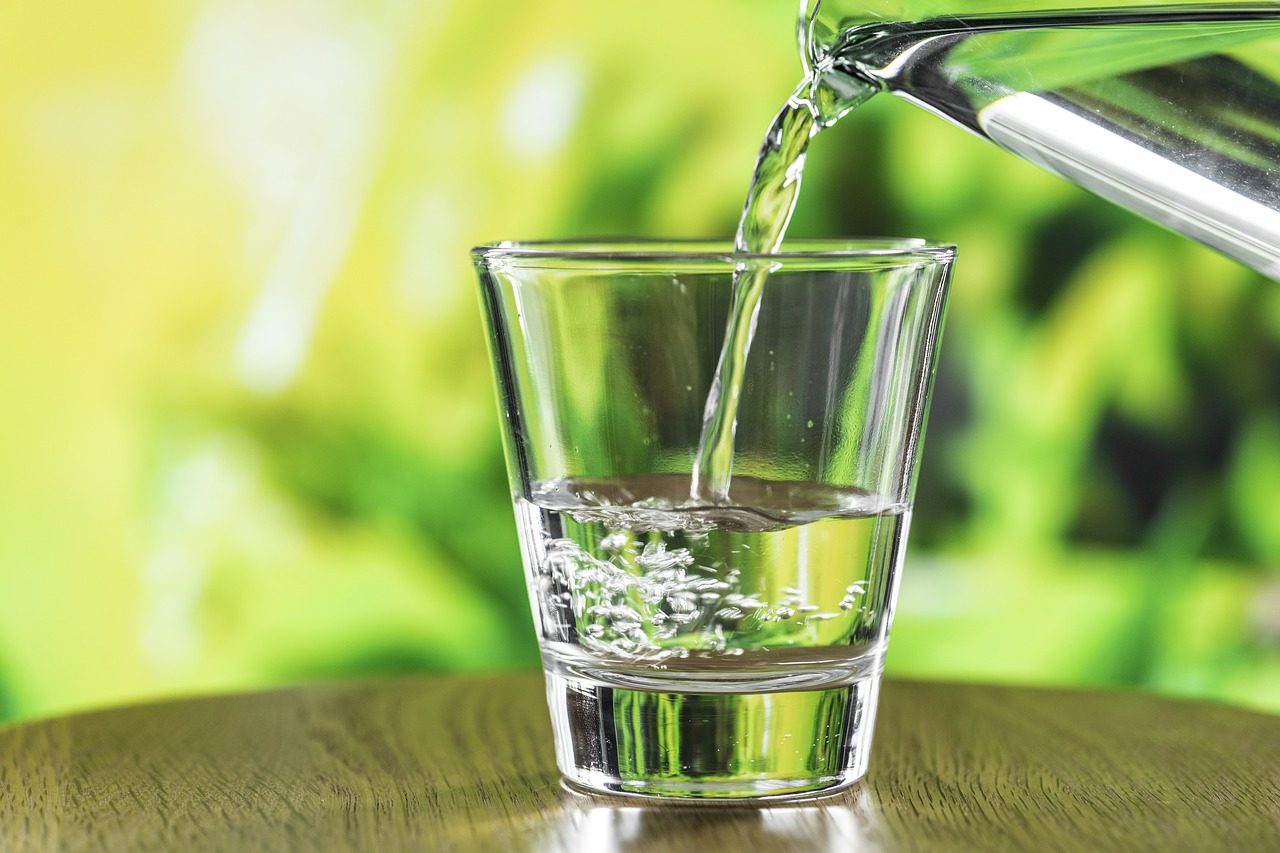
Storage Requirements for Brinaldix
Optimal Storage Conditions for Efficacy Preservation
Remember to store Brinalidix in a dry place at temperatures under 30 degrees Celsius; make sure to keep it in its packaging to shield it from light and moisture.
Precautions to Avoid Exposure to Moisture, Light, or Heat
Make sure to keep the medicine in a place and away from places with moisture, like bathrooms, as heat can affect how well it works.
Expiry and Proper Disposal Recommendations
Please dispose of Brinalidix properly if it has expired, either by consulting a pharmacist or following the guidelines for safe disposal practices.
Potential Side Effects of Brinaldix
Common Side Effects
Brinalidix shares similarities with diuretics in terms of the side effects it may cause for patients to encounter some adverse reactions such as feelings of lightheadedness when getting up swiftly from sitting or lying down positions and also dry mouth and fatigue among others like mild stomach issues that are commonly reported by individuals taking this medication;. However, these symptoms are usually temporary in nature but any persistent signs should prompt seeking medical advice, for further evaluation.
Rare but Serious Adverse Reactions
While not very common, taking Brinalidix could result in responses. These may involve changes in levels like low potassium or sodium, leading to symptoms like muscle cramps, irregular heartbeats, or confusion. Allergic reactions are infrequent but demand help and can show up as swelling, intense rashes, or breathing difficulties.
Monitoring and Reporting Side Effects
Patients should promptly inform their healthcare provider about any symptoms they experience, as it may be necessary to conduct blood tests to keep track of electrolytes and renal function over an extended period of use, ensuring early identification and treatment of possible complications.
Drug Interactions with Brinaldix
Interactions with Other Antihypertensive Medications
Effects When Combined with NSAIDs or Corticosteroids
Risk of Interactions with Alcohol and Herbal Supplements
Warnings and Precautions
Situations Requiring Caution During Brinaldix Use
Risks of Dehydration and Electrolyte Disturbances
Brinaldex enhances the removal of urine from the body. May cause dehydration if adequate fluid intake is not maintained properly. It is important to manage imbalances such as levels of potassium and magnesium, in a proactive manner to mitigate potential risks.
Identifying and Managing Hypersensitivity Reactions
Those who have allergies to sulfonamide derivatives should be careful because they may experience reactivity issues with Brinalidix and should stop using it immediately if they develop hypersensitivity reactions.
Contraindications for Brinaldix Use
Absolute Contraindications
Brinaldex should not be used in individuals with kidney or liver issues or those who are allergic to Clopamide or its ingredients, as it may worsen side effects and put the patient's safety at risk.
Relative Contraindications Based on Patient History
When considering health conditions, like a bout of gout or diabetes along with any existing electrolyte issues in a patient's history, it is recommended to administer the medication carefully and under close monitoring guidelines specific to the individual needs.
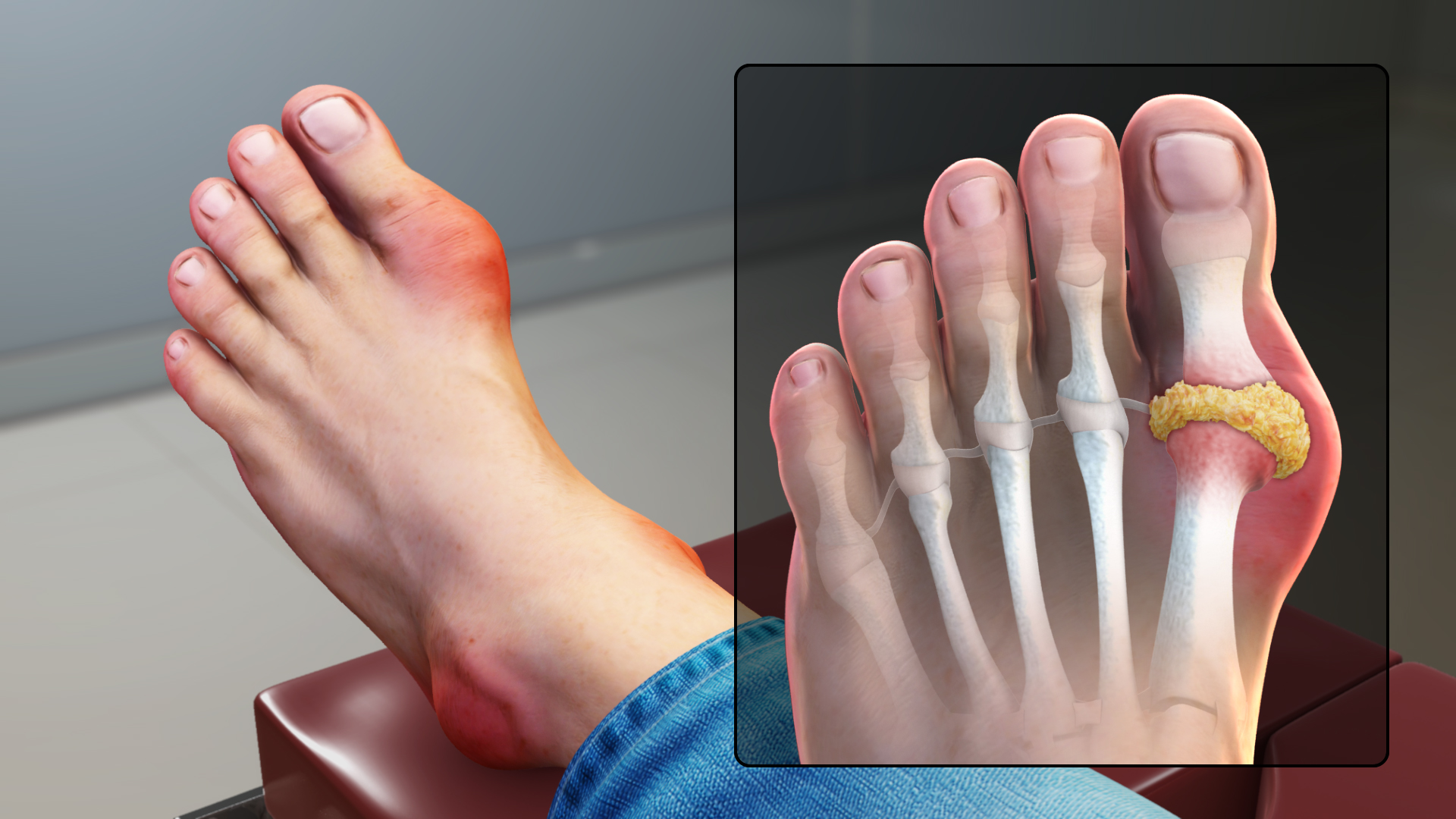
Administration in Special Populations
Administration to Elderly Patients
Elderly individuals may require changes, in medication dosages due to decreased kidney function. It should be closely monitored for side effects, like imbalances and orthostatic hypotension, to reduce potential risks.
Administration to Pregnant Women and Nursing Mothers
The safety of using Brinalidix is not completely known, and it is usually avoided unless the advantages are greater than the risks involved in taking it during pregnancy. Nursing mothers are advised to seek guidance, from healthcare professionals since the medication has the potential to pass into breast milk and impact the baby.
Administration to Children
There is no information regarding the use of Brinaldex in children.Please note that when it is prescribed for patients the dosage is calculated meticulously based on their body weight and close monitoring is done to watch for any effects and to evaluate its effectiveness.
Overdose Management
Signs and Symptoms of Clopamide Overdose
Symptoms of an overdose could manifest as dehydration and imbalances in electrolytes along with blood pressure. People experiencing this might show signs of disorientation, arrhythmias or marked fatigue.

Emergency Treatment Measures
Urgent medical care includes restoring fluids through IV and addressing imbalances in electrolyte levels. In instances hospitalization and close observation might be necessary.
Long-Term Consequences and Preventive Strategies
In instances of overdoses, being treated promptly leads to recovery; in difficult situations, there could be enduring impacts on kidney function afterward. A key way to prevent situations is by ensuring patients are given directions, on how to take their medication and store it safely.
Handling and Precautions
Guidelines for Proper Handling of Brinaldix
Brinaldex should be touched with dry hands to keep it intact. Avoid breaking or cutting the tablets unless specifically instructed by a healthcare provider.
Ensuring Safe Use in Clinical and Home Settings
Remember to keep the medicine in a place where kids and pets can't get to it, and make sure to label it and follow the recommended doses to avoid any accidental misuse.
Recommendations for Healthcare Professionals and Caregivers
Healthcare professionals should inform patients about side effects and necessary safety measures to take note of while caregivers are advised to oversee adherence and promptly communicate any issues to the prescribing doctor.
Brinaldix, Clopamide FAQ
What is the drug clopamide used for?
Clopamide, a type of thiazide diuretic, effectively reduces fluid in the body. It is commonly prescribed for managing high blood pressure and swelling (edema).
What is the mechanism of action of clopamide?
Clopamide specifically attaches to the chloride binding site on the sodium chloride symporter in the PCT cells on the side. Disrupts the process of reabsorbing sodium chloride, which leads to the excretion of water and sodium chloride in equal amounts.
What is the classification of Clopamide?
Clopamide functions as a medication that helps lower blood pressure by acting as an antihypertensive agent similar to thiazide diuretics but without the double-ring structure in its aromatic sulfonamide base.
What is Clopamide used for?
Clopamide, a type of thiazide diuretic, assists in eliminating fluid from the body and is commonly prescribed for managing blood pressure and edema issues.
What are the contraindications for Clopamide?
Liver or kidney problems, inability to urinate, adrenal gland disorder, and high levels of calcium in the blood are conditions to be cautious about. Disruptions in fluid and electrolyte balance, liver scarring, gout, and diabetes are also considerations. For individuals those with heart issues or liver/kidney problems it's crucial to keep an eye on blood sugar levels for those on diabetes medications.



